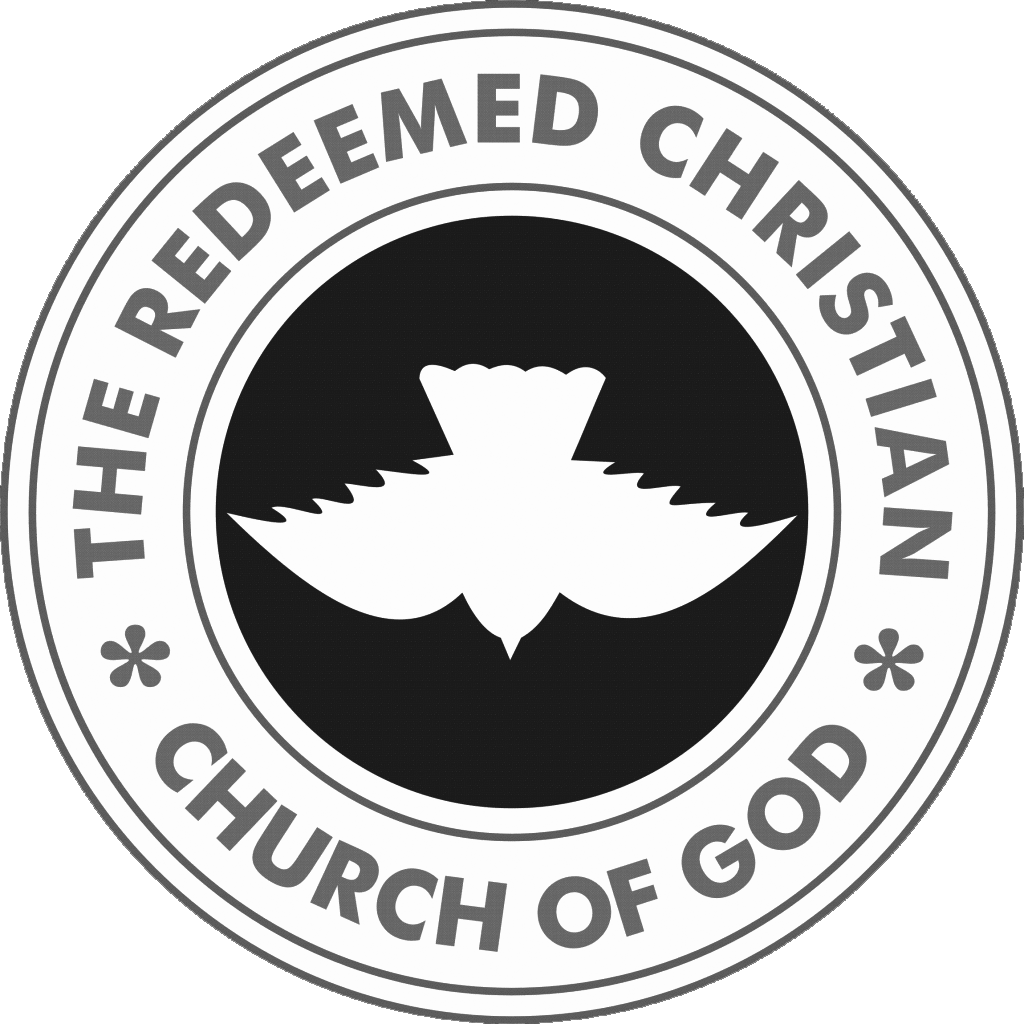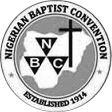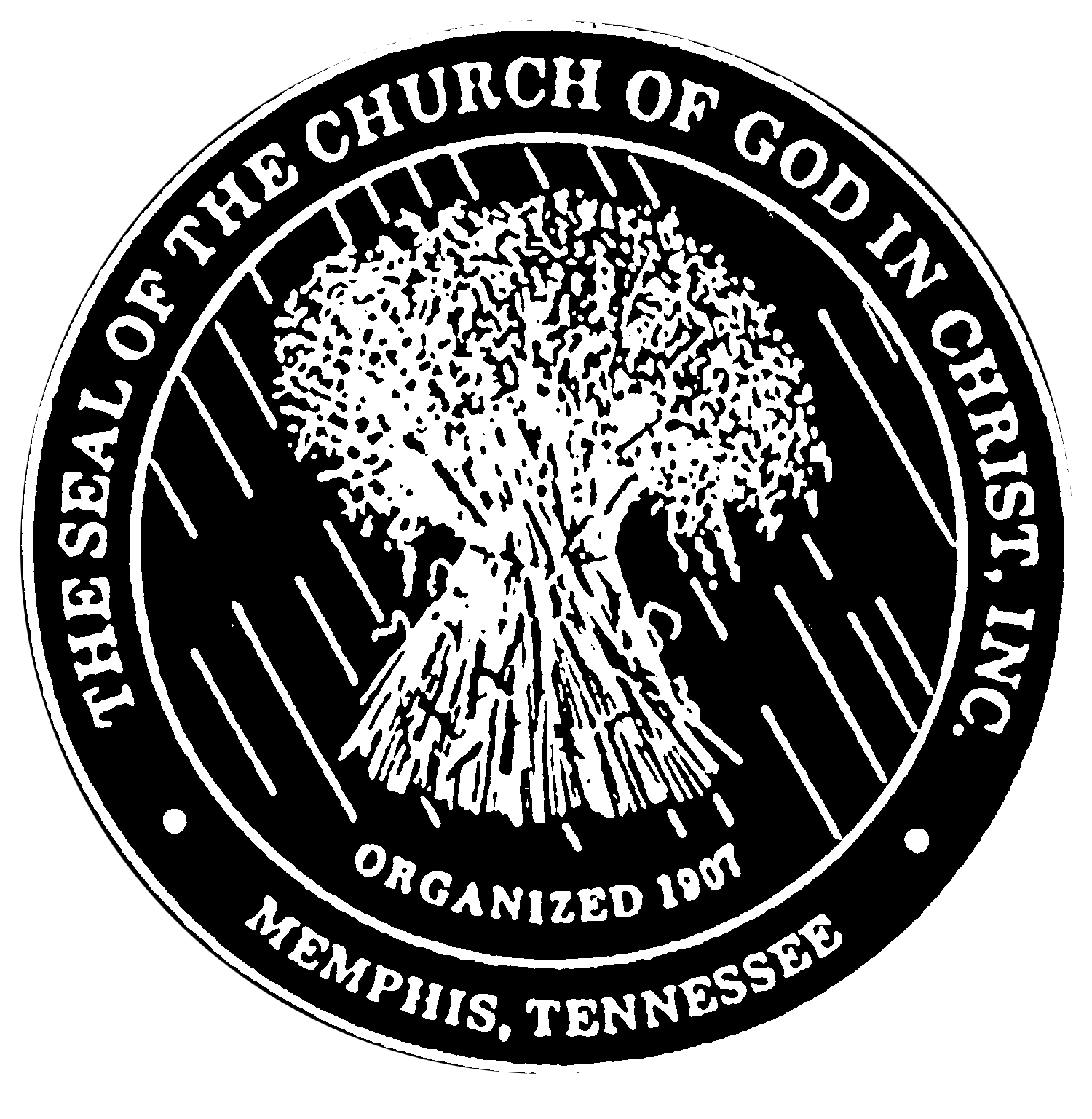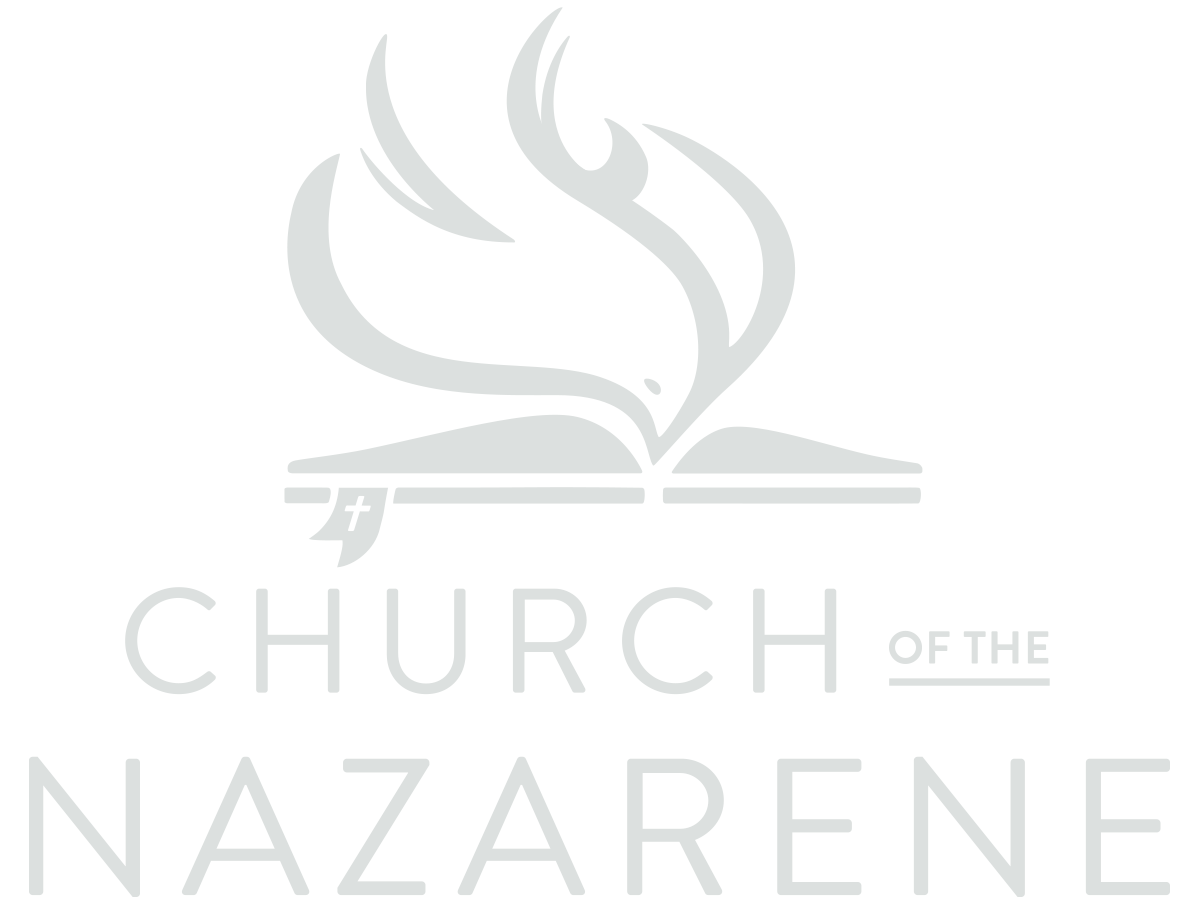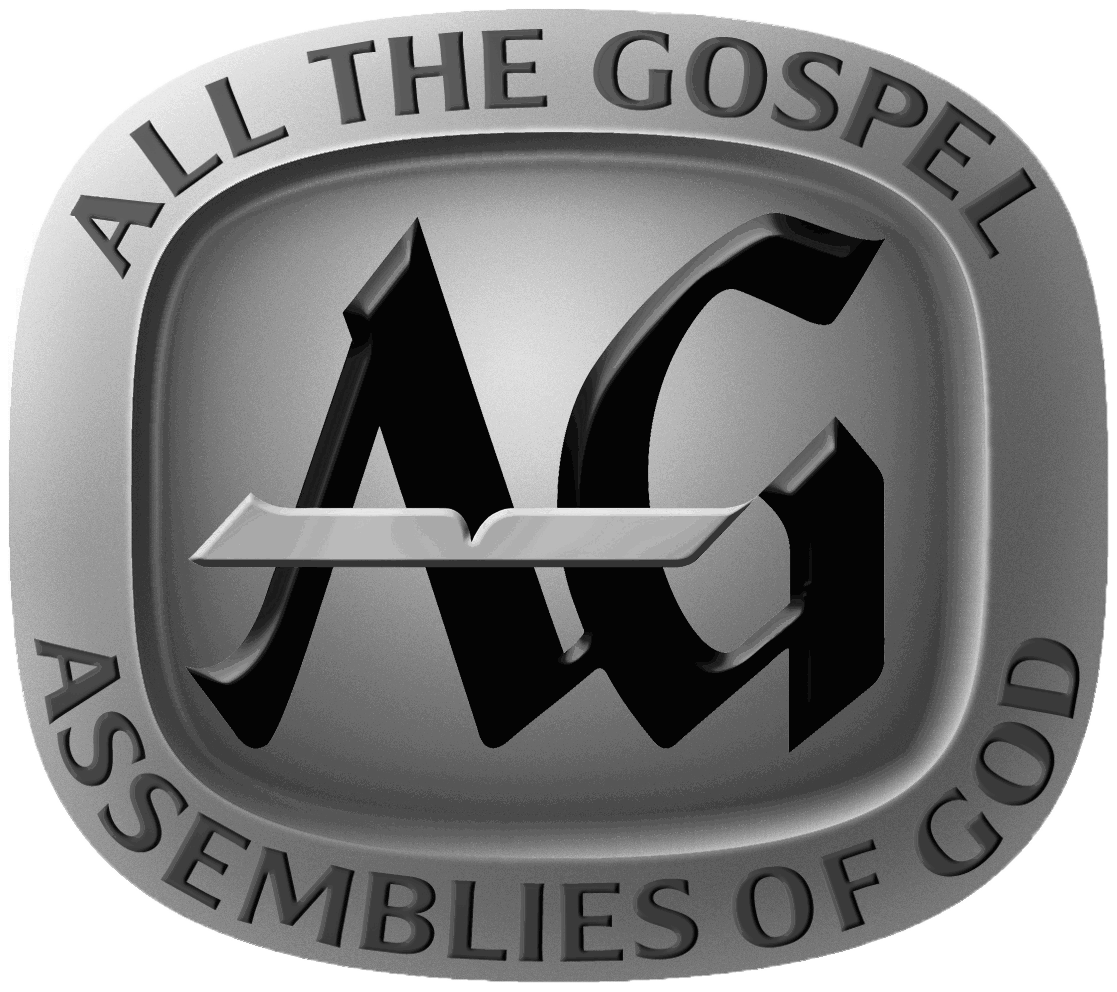God’s Date At The Beautiful Gate : Acts Series #5
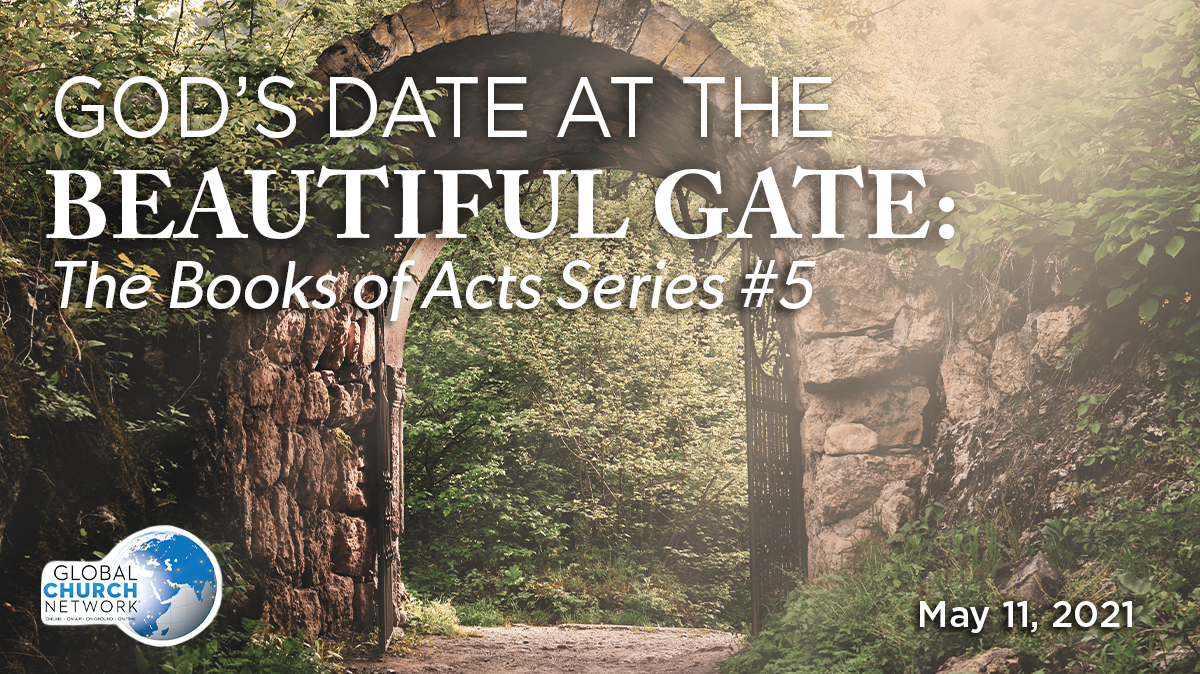 Dear Visionary Leader:
Dear Visionary Leader:
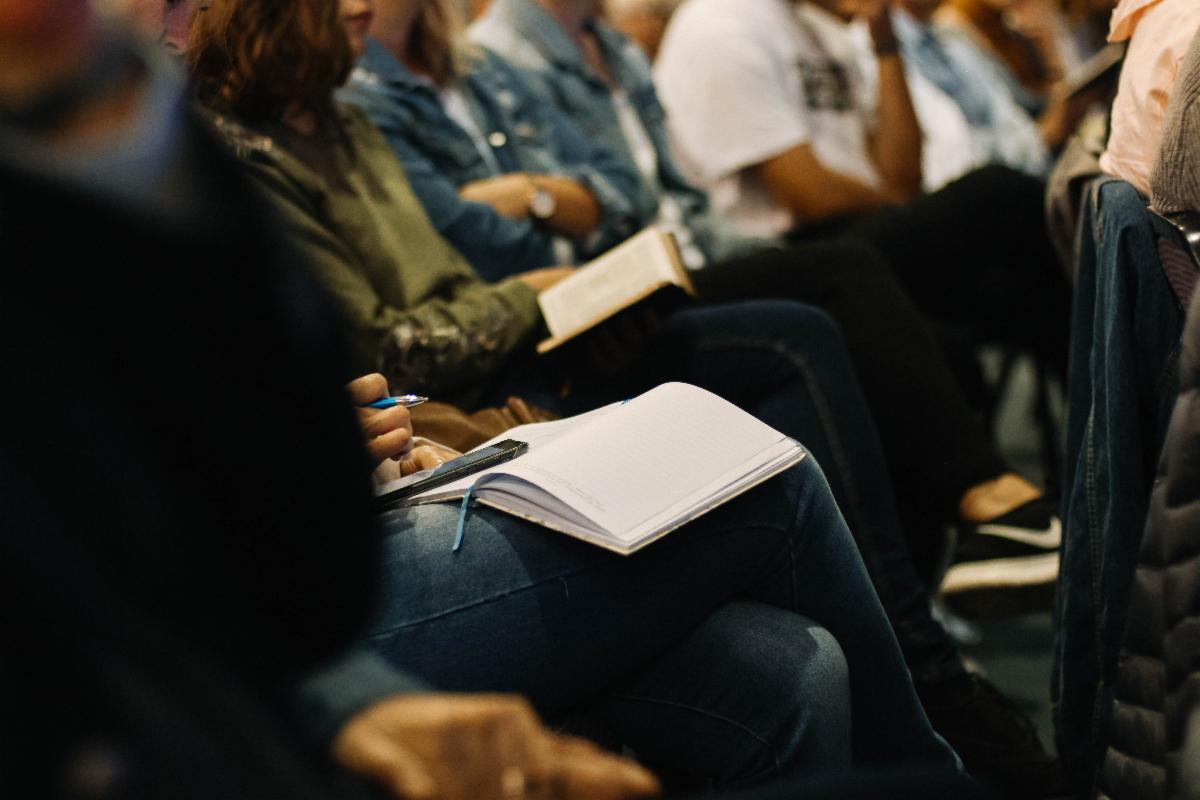 The world is not impressed with our lameness, tameness, and sameness. They desire and deserve to see the Church perform what it proclaims.
The world is not impressed with our lameness, tameness, and sameness. They desire and deserve to see the Church perform what it proclaims.
There was a story about a man who caught a glimpse of the need for a spiritual awakening in our churches. He first drove to Last Assembly by the gas station. In this church, you will find vacant-eyed guild gathers. These people really do a lot for a pastor or an evangelist. They come expecting something. They expect to get out by noon.
Next, the man decided that this must be an exception, so he went over to the Church of Immaculate Perception. In this church, you will find crossed-leg fingernail observers. This will blow the mind of a minister because these are usually very perceptive people. They will be counting the number of tiles on the floor or the ceiling.
Then, the man decided to try another church. He drove to Saint Anesthesia. He discovers a number of sleepy-headed elbow learners. After 15 to 20 minutes into the service, these individuals were already into the 2nd or 3rd stage of anesthesia.
However, once again, with hope, the man decided that all of these must have been exceptions. Therefore, he decided to visit the Episcopal-Baptist-Congregational-Senate-Holiness Church. In this church, one will find a bunch of doodlers. These people slip up on the pastor’s blindside. These people blow the minister’s mind more than anyone else. They appear to be taking notes. However, when the church is cleaned, the notes reveal what these people were doing during the sermon. When examining these notes, one finds a shopping list that has been prepared by a lady in the church. Also, the notes are found to contain new plays for the Dallas Cowboys. Let’s face it, currently, the Dallas Cowboys need some new plays!
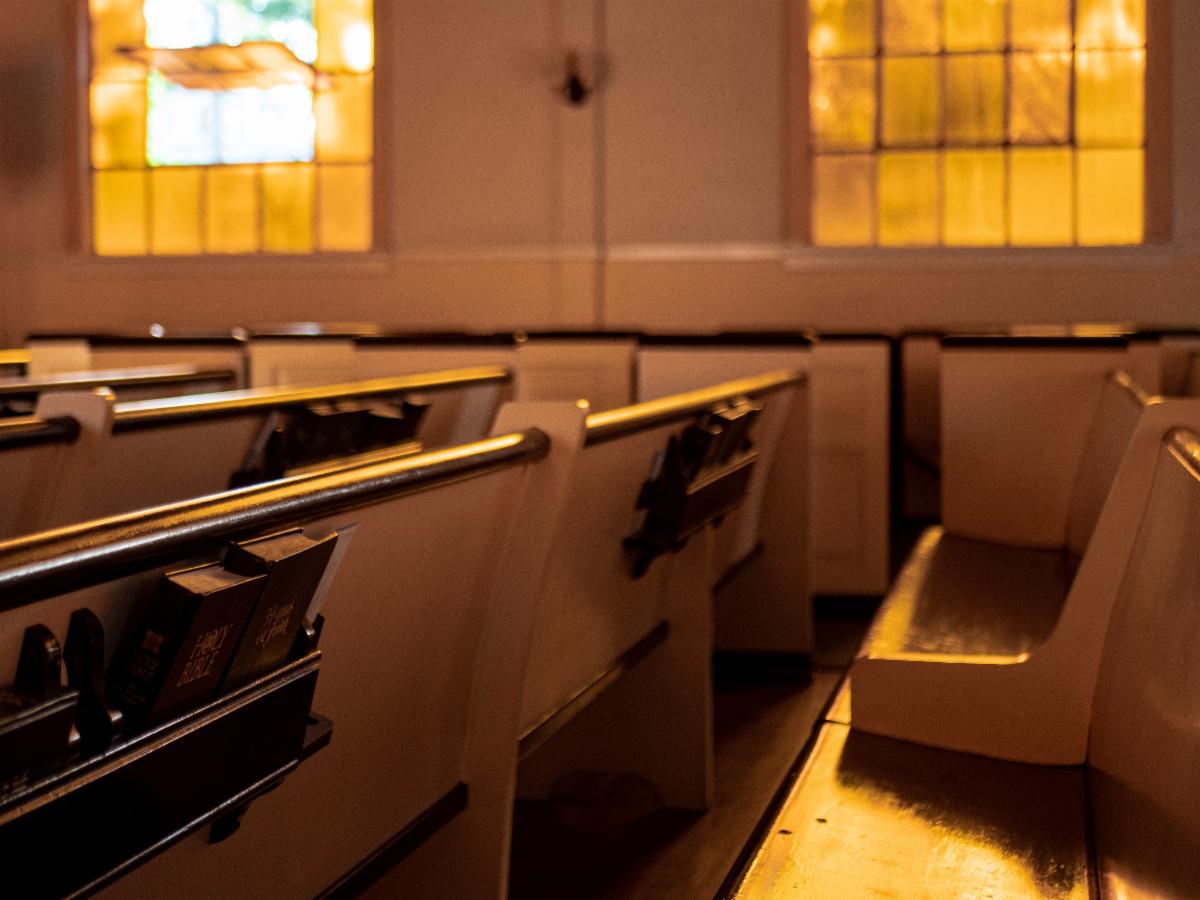 If there has ever been a timeframe, when we need to move forward to the “normal” church is the time we live. In Acts chapter three, the early Church is in full swing. The saints are witnessing to the lost and winning many souls to Christ. In Acts chapter one, they witnessed through prayer. In chapter two, they witnessed at Pentecost. Here, they will witness through power. It is one thing to have the Spirit, but another thing to heal the sick.
If there has ever been a timeframe, when we need to move forward to the “normal” church is the time we live. In Acts chapter three, the early Church is in full swing. The saints are witnessing to the lost and winning many souls to Christ. In Acts chapter one, they witnessed through prayer. In chapter two, they witnessed at Pentecost. Here, they will witness through power. It is one thing to have the Spirit, but another thing to heal the sick.
In Luke’s gospel, the first miracle Jesus performed was the raising of Peter’s mother-in-law, who was sick with fever. In Acts, the first miracle was Peter lifting a man who was lame from birth. It is not by accident that Peter was involved in both miraculous accounts. The lame man was never the same man!
The Tragedy Of Our Lives (Acts 3:1-3)
We begin with the Praying Disciples (v.1). Our text states, “Now Peter and John went up together into the temple at the hour of prayer being the night hour.”
Peter and John! That was different. It used to be Peter and Andrew, James and John. Now it is Peter John. Calvary had brought these men into closer fellowship with each other. By nature and temperament, they were different. Peter was a doer and John was a dreamer. Peter was a motivator and was a mystic; Peter had his feet on the rock, while John headed in the clouds.
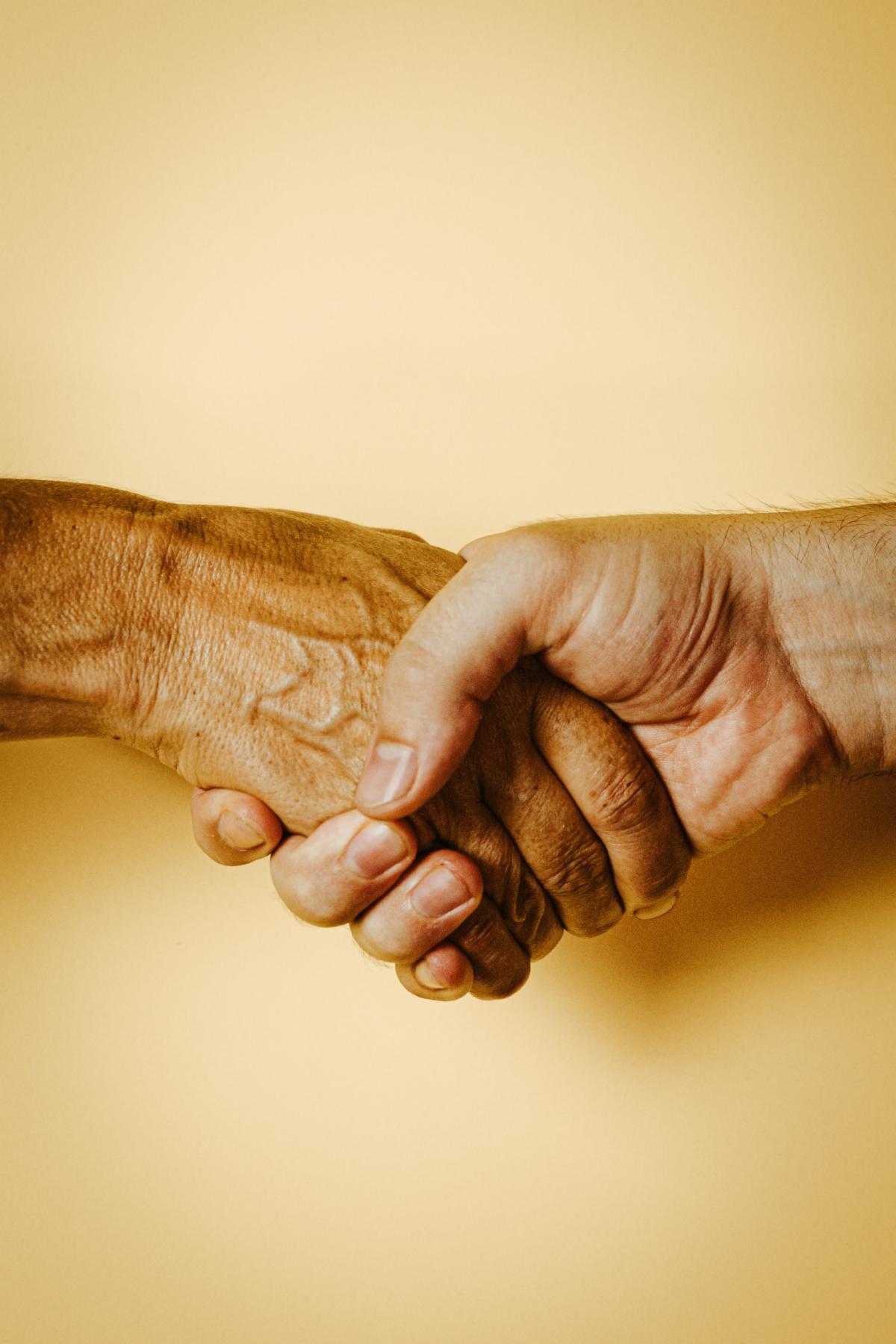 John would outrun Peter to the tomb; Peter would push past John and rush right in; Peter would dash out again, his mind in a whirl; John would walk away thinking deeply over the significance of those strangely order grave clothes. Peter and John were opposites. By nature, they would get on each other’s nerves, but now they walked together. At first, they had friendship, but now they enjoyed fellowship. They had harmony of soul and spirit. Peter and John had linked up together. With their unity, they found strength, stability and success.
John would outrun Peter to the tomb; Peter would push past John and rush right in; Peter would dash out again, his mind in a whirl; John would walk away thinking deeply over the significance of those strangely order grave clothes. Peter and John were opposites. By nature, they would get on each other’s nerves, but now they walked together. At first, they had friendship, but now they enjoyed fellowship. They had harmony of soul and spirit. Peter and John had linked up together. With their unity, they found strength, stability and success.
It was prayer meeting time in the temple. They knew other believers in the Lord would be there. It was the ninth hour or 3:00 pm in the afternoon. It was the same time that midday became midnight on Calvary. But, here, midnight was about to become midday.
With the praying disciples in mind, we now see a Paralyzing Defect (v.2a) We read, “And a certain man lame from his mother’s womb . . .” He was lame from birth. As a child, he could not roam and run. As a man, he could walk and work. For his entire life, he had lived a deformed life; day by day, filled with tragedy.
All of us are born with some sort of malformity. Even though we may debate this, there is one thing all of us can be sure of, we were born with a depraved nature. People are not a thief because they steal but they steal because they are thieves.
Even though a paralyzing defect was enough, there was also a Pathetic Dependence (v. 2b). We read, “…was carried whom they laid at the gate of the temple, which is called Beautiful, to ask alms of them that entered the temple.” He could not do much on his own. He needed help every day with almost everything.
If one had to beg, probably this was as desirable spot as any. It was a place of beauty. The man was placed on the steps, leading up to the Nicanor Gate through which Jews passed from the court of the Gentiles to the court of the women. It was here that the famous barrier was erected known as “The Middle Wall of the Partition.” Announcements in Latin and Greek warned Gentiles, upon pain of death, to go no further. Nine gates led through this barrier, of which the Beautiful gat was one. The gate was made of Corinthian bronze wrought with such rich ornamentation that it far exceeded in value gates plated with silver and set with gold.
 The lame man could also see the Temple. Herod had turned it into one of the wonders of the world. This gate was also a place of bounty. We note that the beggar’s eyes were fixed on those who were entering the temple. On the way to the temple, people’s thoughts were on God and giving. Almsgiving was classed in Judaism as a meritorious act. He was placed at the gate so that those coming to the temple could gain merit by giving him a coin.
The lame man could also see the Temple. Herod had turned it into one of the wonders of the world. This gate was also a place of bounty. We note that the beggar’s eyes were fixed on those who were entering the temple. On the way to the temple, people’s thoughts were on God and giving. Almsgiving was classed in Judaism as a meritorious act. He was placed at the gate so that those coming to the temple could gain merit by giving him a coin.
On the heels (no pun intended), of a pathetic dependence, is a Pretentious Desire (v.3). We read, “Who, seeing Peter and John about to go into the temple, asked an alms.”
The fact that he was lame from birth, implies he had been a beggar for a long time. He laid at the doorstep of the temple. Peter and John had leaped to fame in Jerusalem in these past few weeks. They were leaders of a revival that was the talk of the town. Thousands had come into a new life in Christ since Peter preached at Pentecost. But this man had not of thought of this. His life had been reduced to an outstretched palm, a pitiful look, and a plea.
The Transformation Of Our Legs (Acts 3:4-7)
As we continue with the miracle at the Beautiful Gate, please note Our Encouragement (v.4). We read, “And Peter, fastening his eyes upon him with John, said, Look on us!”
In the natural, this helpless lame man would see poor Galilean fishmen. But these two men were in touch with Jesus and filled with the Holy Spirit. The lame man laid at the Gate Beautiful. It was a gorgeous gate of dead religion. Its religion boasted of its law and its legitimacy. But Judaism could do nothing for this man. It found him as a beggar and left him as a beggar.
 When Peter said, “Look on us!” it was to redirect the beggar’s thoughts from his rags and religion to the Redeemer! We don’t need religion, but revival; not form and formality, but function and freedom! Can we say “Loon on Us” today? Not only Peter and John link up, they lighted up this lame man’s life.
When Peter said, “Look on us!” it was to redirect the beggar’s thoughts from his rags and religion to the Redeemer! We don’t need religion, but revival; not form and formality, but function and freedom! Can we say “Loon on Us” today? Not only Peter and John link up, they lighted up this lame man’s life.
Even though we need encouragement, we need Our Emotion (v.5a). I don’t mean emotional, but the yielding of our will so we can get on the healing path. We read, “And he gave heed unto them …” So many people miss their healing because they are willing to hear, heed and have. When we realize we cannot pull ourselves up alone, we need to drop to our knees and ask for a miracle from God. At some point in life, each of us will come to the place that we need more than willpower but Christ-filled power in our lives.
What do you expect to receive from the Lord? Our Expectation (v.5b) is often far below where the Lord wants us to live in this life. This lame man expected to receive some money. He had for something physical, but God wanted to give him something spiritual. Usually, we don’t expect much from a worship service on Sunday and we usually are not disappointed. When we expect to receive a lot from the Lord, we come with an open heart and our Lord fills it. Having said this, I am most grateful for times when the Lord touched me when my expectation was for something else on something else!
Do you have a divine word for this generation? Do you have a faith-filled statement to cause people to know that they are in the presence of God? Our text brings us to Our Exhortation (v.6). We read, “Then Peter said, ‘silver and gold have I none: but such as I have, give I thee; In the name of Jesus Christ of Nazareth rise up and walk.”
 Peter’s first words must have dashed his hopes. “Silver and gold have I none.” Peter had no money, but he had a miracle. Peter was poor in the physical, but in the spiritual he was exceedingly rich. He said, “Such as I have, give I thee.” The lame man did not need money, but a miracle; not silver, but a Savior; not gold, bug God; not a denarius, but deliverance; not pity from men, but power from God.
Peter’s first words must have dashed his hopes. “Silver and gold have I none.” Peter had no money, but he had a miracle. Peter was poor in the physical, but in the spiritual he was exceedingly rich. He said, “Such as I have, give I thee.” The lame man did not need money, but a miracle; not silver, but a Savior; not gold, bug God; not a denarius, but deliverance; not pity from men, but power from God.
Carefully notice this verse. There is the transparency of Peter (v.6a) and the transference of power (v6b). Peter gives him the Savior and the solution (rise and walk).
In Semitic thought, a name does not just identify or distinguish a person; it expresses the very nature of his being. Hence, the power of the person is present and available in the name of the person. Peter, therefore, does not just ask the risen Christ to heal, but pronounces over the beggar, the name of Jesus, thereby releasing the power of Jesus.
There is a famous story between the Pope Innoccen II and Thomas Aquinas. The Pope said, “Ah Thomas, the church can no longer say, silver and gold have I none.” Aquinas said, “That is true, your holiness, but then, neither can it now say, ‘Arise and walk.’”
Now, here comes the finale! We read, “And he took him by the right hand, and lifted him up: and immediately his feet and ankle bones received strength” (v.7). God gives us Our Energy. Without God’s energy, we will never be able to heal the sick and to even be able to walk daily victoriously.
There was the helping of Peter (v7a). “And he took him by the right and, and lifted him up…” The power was Christ, but the hand was Peter’s. Peter did something that Jesus had done when he taken Jairus’ daughter by the hand (Luke 8:54). Peter was following in the steps of his Master. When Peter stepped out in faith to help, then there was the healing of the man (v.7b) “And immediately, his feet and ankle bones receive strength.” This was no gradual cure, it was instantaneous. It was a lift that lasted. Isaiah prophesied that in the Messianic Age, “Then will the lame leap like a deer” (Is. 35:6).
The 21st Century Church needs to get “its legs back.” We need the power of God, so we can get up, stand up and speak into the darkness of this present age. We need sea legs in order to walk upon the current waves of time to safely cross to the heavenly side.
The Testimony Of Our Leap (Acts 3:8-11)
I want you to notice the man’s response (v.8). We read, “And he leaping up stood, and walked, and entered with them into the temple, walking, leaping, praising God.” First, we note His embrace of the disciples (“with them”). We are known for the company we keep. I want to hang out and hang with those who believe in the healing power of Christ. Some say that miracles ceased when the Apostles passed away. Well, when I need a miracle, I don’t call the doubters but call the Believers!
Second, we learn of His entrance into the temple (“entered”). Ninety percent of victory is just showing up at the right place. There is so much cheap talk as to the importance of being in the house of God when it is time for worship on Sunday. Many say they don’t have “to be inside” the church. Yet. You will not find that in Scripture. I realize the Church is not a building but the Church does meet together.
 Third, we see His exuberance before others (“leaping”). He did not care who saw him and he did concern himself with what they said. He had been healed! Who cares what religious folk have to say when we have touched by the resurrected Savior? I would rather have to constrain a fanatic than resurrect a corpse. I submit need a lot more wonder in our worship.
Third, we see His exuberance before others (“leaping”). He did not care who saw him and he did concern himself with what they said. He had been healed! Who cares what religious folk have to say when we have touched by the resurrected Savior? I would rather have to constrain a fanatic than resurrect a corpse. I submit need a lot more wonder in our worship.
Fourth, this man not only had exuberance but exaltation of God (“praising God”). He knew God had healed him. He had felt the energy of God touch his bones and muscles. He felt something he had never felt before: feeling his feet; might in his muscles! Wouldn’t you shout and dance? I would!
Look at the multitudes’ reaction (vv.9-11). We see their awareness of the miracle (v.9). We read, “And all the people saw him walking and praising God.” The miracle was no secret. It caused a great stir in the temple. This miracle turned the place of prayer into a place of praise; the place of worship into a place of wonder.
Additionally, we see the multitude’s amazement at the miracle (v.10). We read, “And they knew that it was he which sat for alms at the Beautiful gate of the temple: and thy were filled wonder and amazement at that which had happened unto him.” These people knew what his life had been like before. Everybody knew exactly where had was to be found. He was as much a fixture as the Beautiful Gate itself. Now, the crowd met him where they had never met him before. He was in the temple praising God
If that was not enough, we now see their attraction to the miracle (v.11). Our text says, “And as the lame man which was healed held Peter and John, all the people rand together unto them in the porch that is called Solomon’s greatly wondering.”
The prayer meeting was now over. Peter, John, and the healed man made their way in an easterly direction across the outer court towards Solomon’s Colonnade. When they walked past this man’s past life, the crowds came running. They wanted. To hear about what had happened to this man. Healing brings in the harvest. The Church needs to return an Apostolic Pentecost and power in order to reach and teach the lost.
 I am tired and worn out of the “seeker-sensitive” philosophy that has plagued so many churches. I have one question to ask you: Since the western church has moved to the seeker-sensitive philosophy, are we stronger and growing or weaker and declining? The answer is obvious. We don’t need the miraculous and supernatural in a “side room,” but in the main worship service! We don’t need secondhand religion but firsthand revelation.
I am tired and worn out of the “seeker-sensitive” philosophy that has plagued so many churches. I have one question to ask you: Since the western church has moved to the seeker-sensitive philosophy, are we stronger and growing or weaker and declining? The answer is obvious. We don’t need the miraculous and supernatural in a “side room,” but in the main worship service! We don’t need secondhand religion but firsthand revelation.
Do you long to witness a spiritual awakening and societal transformation? In summary, here are the seven-ups of success:
- Link Up—Peter and John hooked up together. Calvary brought opposites together.
- Look Up—Peter and John saw the need around them and did not allow fear to cause them to run away from a potential miracle.
- Listen Up—Peter and John heard the cry of the lame man and acted in faith.
- Light Up—Peter and John’s words redirected the lame man’s thoughts in a desperate time of need.
- Lift Up—Peter took the lame man by the hand and lifted him up.
- Load Up—Peter and John witnessed the crowds coming to Christ.
- Live Up—Peter and John lived up to their potential and so must we today!
May the Lord give us a lift the last!

















